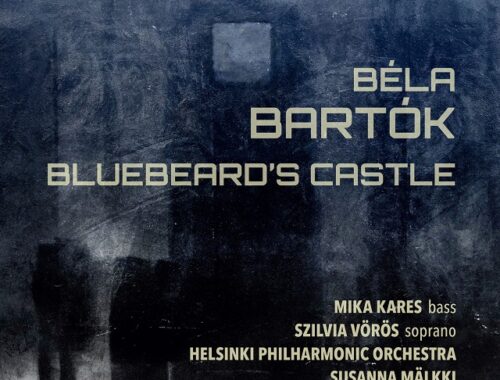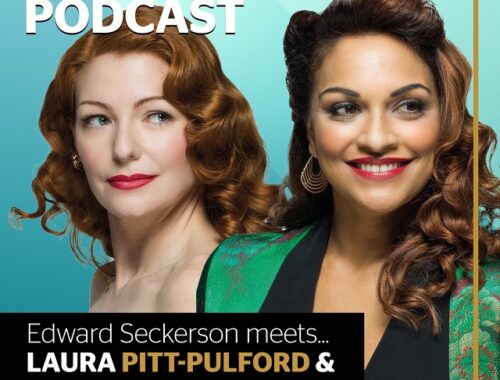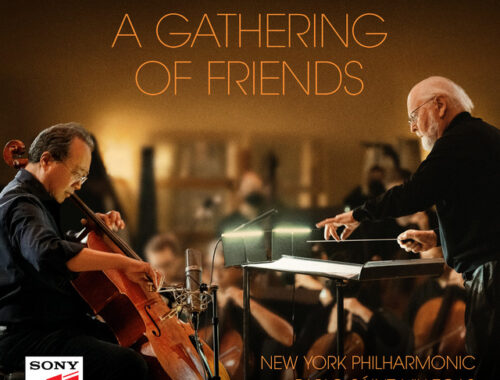Donizetti “Lucrezia Borgia”, English National Opera, London Coliseum
A cinema screen greets us. So either an unscheduled HD Opera Cast is in the offing or director Mike Figgis is making no pretence of flaunting his cinematic credentials. But Lucrezia Borgia – the movie – is only part of the equation here. What Figgis, a past master of multi-media, has attempted in this very pure and often very beautiful staging is a dramatic synthesis of film, theatre, and art as a means of giving context to and indeed amplifying Lucrezia Borgia – the opera. And before a note of it has sounded in the theatre we “Meet the Borgias” – the very model of familial dysfunction – on film. There are allusions here to Bacon’s screaming Pope and Carravaggio’s chiaroscuro, to say nothing of his physicality and implied sado-masochism. Beauty and bestiality are elaborated in ways barely hinted at in Donizetti’s opera.
And let’s face it, Lucrezia Borgia – the opera – hardly constitutes Donizetti’s richest pickings. Dramatically it focuses on Lucrezia’s discovery of her long lost son and the old operatic dynamic that she knows and he doesn’t. She’s on her third husband now – the odious Alfonso d’Este – but her notorious past precedes her. “If only I could go back”, she says at the start of the opera’s prologue – and she does. The first of Figgis’ interludial films – beautifully shot with the most painterly eye for light and colour and form – segues to the now middle-aged Lucrezia where, thanks to some of the most extraordinary lighting (Peter Mumford) I’ve seen on a London stage in quite a while, the painterly imagery is sustained with diffuse washes of colour offset by dramatic cross-beams and warm pools of light in which the most intimate encounters are “framed”.
Not surprisingly, Figgis knows a thing or two about framing: the single most effective aspect of his staging is the way in which the areas outside the central points of focus invoke a feeling of impenetrable shadow. Designer Es Devlin gives us stages within stages. A single red carpet becomes a bloody slash, a gaping wound; Lucrezia emerges from inside a golden icon; the drunken “rave” that seals Gennaro’s fate is, with bitter irony, da Vinci’s Last Supper.
And in the midst of it all is the abused and abusing Lucrezia sung with grace and courage by the excellent Claire Rutter. She makes a real fist of the all-pervasive coloratura, embracing the limpid embellishments (including one perfect trill) and nailing the whopping high notes, though not a concluding E-flat which she and conductor Paul Daniel played safe in excluding. Indeed, Daniel played safe, too safe, for my taste. I craved something tighter, more imperative.
Gennaro was the immensely promising young tenor Michael Fabiano who gave us virility and finesse but also a few anxious moments of wondering if the unremitting intensity of his delivery would see him through the evening leave alone a long career. Alastair Miles (that rare thing, a lithe bass) had fun with Alfonso and Elizabeth DeShong certainly delivered the goods as an assertively female Orsini.
But the image that best sums up the ethos of this show is that of Pope Alexander VI opening the sanctuary of his cloak to the servant Calderon while the psychopathic Cesare Borgia and friends go to work with their knives. That was Lucrezia’s legacy and it illuminated the opera to know it.


